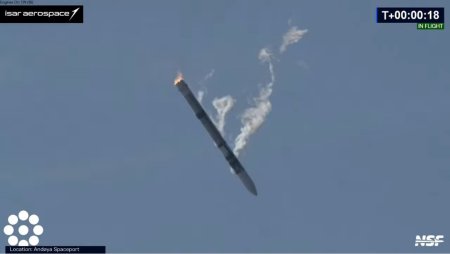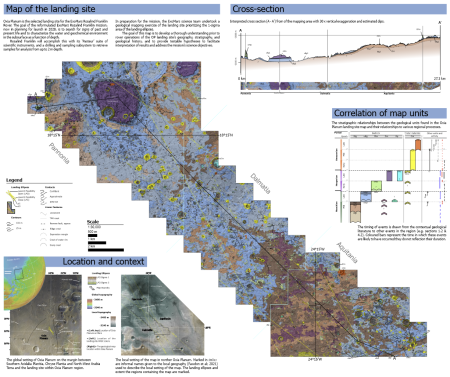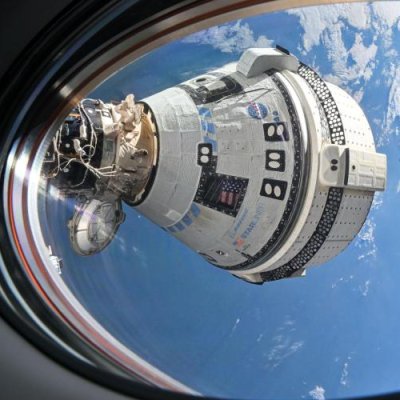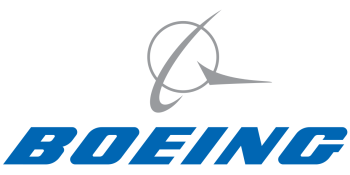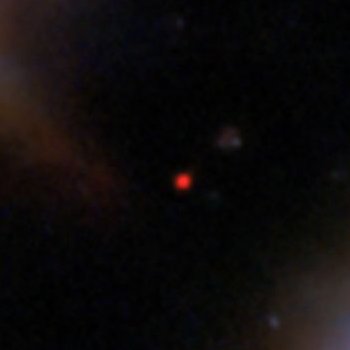SpaceX launches four commercial private citizens on the first manned polar orbital mission
Capitalism in space: SpaceX tonight successfully launched its Resilience capsule carrying four private citizens on commercial manned mission, its Falcon 9 rocket lifting off from Kennedy in Florida.
The first stage completed its sixth mission, landing on a drone ship in the Atlantic. Resilience in turn is on its fourth flight, with the last three all dedicated to commercial flights for private citizens.
The crew is made up of four rookie space-flyers, mission commander Chun Wang (who paid for the flight), vehicle commander Jannicke Mikkelsen, vehicle pilot Rabea Rogge, and mission specialist and medical officer Eric Philips. The plan is for them to stay in orbit from three to five days, circling the Earth in a polar orbit, the first time any humans have flown in space in such an orbit.
As always, the mission, dubbed Fram2 to honor Fridtjof Nansen’s Fram ship that explored the north pole region from 1893 to 1896, touts its many science experiments, but we should not fool ourselves. Its real goal is to provide Wang and his compatriots the thrill of flying in space.
That the flight is attracting relatively little press compared to previous private and NASA missions indicates how routine SpaceX is making its business. It is making space exploration profitable and no longer reliant on government funds. This is a big deal. Too bad most news outlets don’t realize it.
The leaders in the 2025 launch race:
36 SpaceX
16 China
5 Rocket Lab
4 Russia
SpaceX now leads the rest of the world in successful launches, 36 to 28.
Capitalism in space: SpaceX tonight successfully launched its Resilience capsule carrying four private citizens on commercial manned mission, its Falcon 9 rocket lifting off from Kennedy in Florida.
The first stage completed its sixth mission, landing on a drone ship in the Atlantic. Resilience in turn is on its fourth flight, with the last three all dedicated to commercial flights for private citizens.
The crew is made up of four rookie space-flyers, mission commander Chun Wang (who paid for the flight), vehicle commander Jannicke Mikkelsen, vehicle pilot Rabea Rogge, and mission specialist and medical officer Eric Philips. The plan is for them to stay in orbit from three to five days, circling the Earth in a polar orbit, the first time any humans have flown in space in such an orbit.
As always, the mission, dubbed Fram2 to honor Fridtjof Nansen’s Fram ship that explored the north pole region from 1893 to 1896, touts its many science experiments, but we should not fool ourselves. Its real goal is to provide Wang and his compatriots the thrill of flying in space.
That the flight is attracting relatively little press compared to previous private and NASA missions indicates how routine SpaceX is making its business. It is making space exploration profitable and no longer reliant on government funds. This is a big deal. Too bad most news outlets don’t realize it.
The leaders in the 2025 launch race:
36 SpaceX
16 China
5 Rocket Lab
4 Russia
SpaceX now leads the rest of the world in successful launches, 36 to 28.

